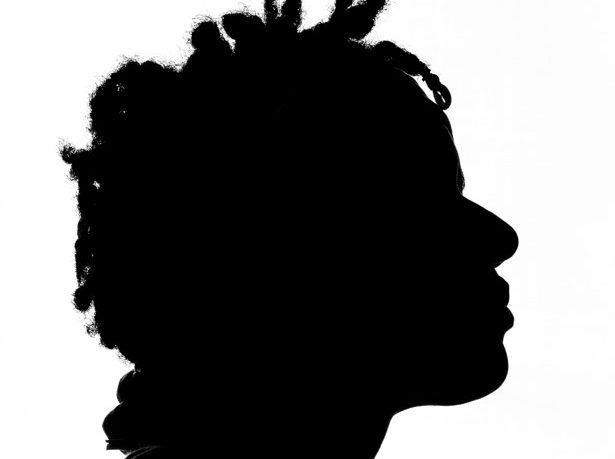By Joseph Williams,
Word in Black
As George Mason University’s “chief wellbeing officer,” Dr. Nance Lucas wanted to create a positive, healthy environment for stressed-out students. Along with classes on mental and physical health, Lucas’ Center for the Advancement of Wellbeing offered students specialized learning dorms and cultural enrichment programs on art and music.
But she was puzzled to notice Black students — who make up 11 percent of the student body at George Mason, a liberal arts school in the Northern Virginia suburbs — didn’t seem interested.
“One of the comments from some of our students of color — this was probably around 2015 — was, ‘This wellbeing stuff at Mason is for White, rich people who can afford yoga studios and gym memberships,’” Lucas says. “And so my first response — and again, this is showing my White woman naivete — was, ‘Ok, we need to do a better job of educating our students about what we mean around wellbeing.’”
But the education campaign flopped, too: “It didn’t work. Same thing,” she says.
So, Nance “got together a couple of my colleagues, two vice presidents who were over overseeing those strategic goals at that level, and said, ‘You know, let’s start working at the intersections of diversity, inclusion, and well-being. On the well-being side, I think we can learn quite a bit there.”
That conversation led to a university-wide summit in 2018, focused on diversity, equity, and inclusion; participants for the highly-anticipated meeting ranged from students and faculty to the school’s leadership, Nance says. Out of that meeting came a number of recommendations — including adopting the Truth, Racial Healing and Reconciliation framework created by the W.K. Kellogg Foundation. They also invited Dr. Gail Christopher, author of the TRHT curriculum, on campus to train staff.
With that foundation, “We started to create special programs that were designed and targeted at BIPOC student audiences,” Lucas says.
Since then, George Mason has held racial healing circles, convened specialized workshops aimed at empowering Black students, and set aside an entire week for the wellbeing of students of color. That included a “Black author talking about the stigma of mental health among Black individuals and people of color in general,” she says.
The center even promoted proper rest: in a post on the Center’s web page, an article promotes the book, “Rest is Resistance: A Manifesto,” by Tricia Hersey.
“Hersey posits, as racialized people, we often feel we’re running against the current, trying to travel upstream while being met with resistance on all sides,” according to the post by Shekila Melchior, director of strategic initiatives and partnerships at George Mason’s Office for Diversity, Equity, and Inclusion.
“For hundreds of years, racialized people in the United States have labored in body, mind, and soul. We can find racial justice healing in our collective spaces — the laughter from the belly, the celebration of our community, the successes of the generation to come, and the rejuvenating power of rest.”
While George Mason’s campus writ large has adopted a theme of kindness, Black, Asian, and Latino students “are suffering alone — whether it’s from a microaggression in the classroom or they don’t feel like they belong,” Nance says. The mission to advance racial healing, she says, starts with “connecting them to a larger community and making them aware of resources” and educational opportunities.
The key to reversing Black students’ sense that they didn’t belong was to be intentional about helping them see themselves as part of George Mason and the Wellbeing Center, Nance says. “Part of that was due to this perception of who it was for, and they didn’t see themselves in it.”
Although the THRT healing circles have been paused for now, the campus still considers itself a participant in the mission of racial reconciliation and recovery. Too often on college campuses, she says, stories told around campus as well as in the classroom don’t center people of color.
To avoid repeating that paradigm, she says, the Center for the Advancement of Wellbeing had to be intentional to avoid making the same mistake.
Healing is “having them see the power of stories — connecting their stories to common humanity,” she says. “Things like love and kindness and wholeness are part of the racial healing process. That’s what the circles really are designed to do — debunk the myth that there is a hierarchy of human value. And that’s the very beginning part of the journey to racial healing.”



